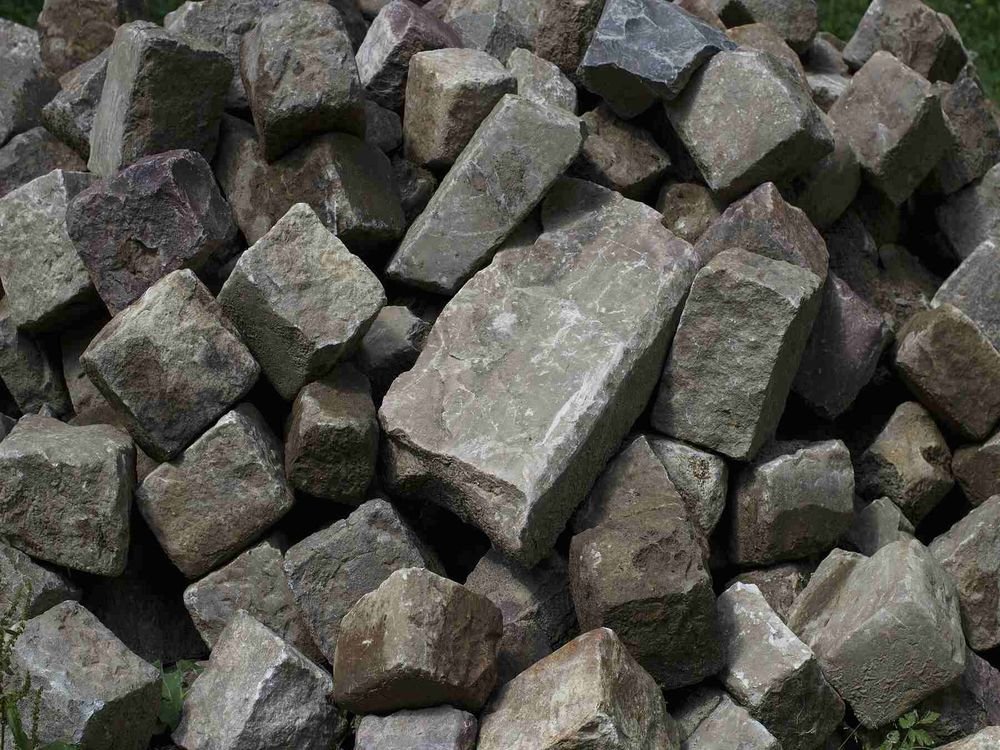How to Build Patio Steps With Pavers
Are you and your guests finding it difficult to access the patio because it is raised, or the existing steps are deteriorating, cracked, or uneven? I have been building patio steps with pavers for a decade now. I will share my experience to help you learn how to build patio steps with pavers without any hassle.
This will help provide a comprehensive solution that will help build rigid and visually appealing steps that last longer.
How to Build Patio Steps With Pavers
The first step in building patio steps with pavers is to excavate the working area (if starting from scratch) and then add gravel. Next, compact the gravel and add sand to the base (polymeric sand is ideal for drainage). You will then want to lay the chosen pavers from the first step until you reach the patio entrance.
New homeowners need to understand that building patio steps can be challenging. The process involves intricate leveling demands to ensure the installation is done correctly. This can be an uphill task if you are unfamiliar with the process.
However, you should not panic if you find yourself in such a situation. You can hire a professional to help you do the job perfectly. At Aviara Pavers, we have a dedicated team that will build your patio steps with pavers at an affordable price. Our San Diego Paver Company follows ICPI guidelines for installing pool decks, patios, entry ways, and driveways.
Building Patio Steps With Pavers Step by Step
You should follow various steps to ensure you build the steps properly and in a way that enhances aesthetic appeal. Here is the step-by-step guide:
Step 1: Planning and Preparations
Planning and preparation are crucial when building patios as they help you set design and location. They also help you consider elevation changes and understand the materials you will use, ensuring the smooth running of the process.
The good thing with pavers is they give you room for design creativity. They come in different shapes, textures, colors, and sizes, allowing you to design the patio according to your preference.
Step 2: Gathering Tools and Materials
Ensure you have enough paver materials ready so you don't keep moving when the project begins. You already have some of these materials and tools at home, or you can buy them from any nearby hardware store. Here are the materials and tools needed:
Pavers of choice (can be concrete, bricks, or natural stones)
Polymeric sand
Gravel
Course blocks
Concrete adhesive
A hand tamper or a compactor
Spirit level
Tape measure
Wooden stakes
Rubber mallet
Shovel
Wheelbarrow (optional)
Retaining wall blocks
Safety gear (gloves and safety glasses)
A chisel or a wet saw
Step 3: Excavation and Base Preparation
Start by marking the area you want to build to ensure you don't interfere with the adjacent landscape. It also gives out a clear dimension and layout of the area. You can use stakes and twins to do the markings.
Now, take a shovel and start digging the marked area to a depth of 12 inches. The width of the stairs will depend on your preference; however, taking the steps 40 to 45 inches is recommended as this reduces the chances of falling.
Next, add gravel in the excavated area and compact using a hand tamper or a compactor to create a firm base. You will then want to add polymeric sand, spread it, and pack it solidly. Both gravel and sand should be six inches thick. They should also be level (use spirit level to check the level)
Step 4: Installing the Steps
This is a crucial step that requires proper attention. Any slight mistake will render the whole process worthless. Follow these steps carefully when installing the steps:
Install the first base course block for the stairs as you maintain the level. The course blocks can be three or four, depending on the width of the stairs. Ensure they are tightly together and add block walls to make them more firm.
Add gravel and polymeric sand around the first base course and tamp. Tamping of gravel and sand should be done independently to ensure each remains firm.
Set the second and third-course base using the same procedure. Remember that the height of the course should decrease as you move downwards. So, you must cut the course block as you move downwards. Do this until you reach the last one(the last base course should be slightly above the ground).
Add more gravel and sand where necessary as you tamp until all the course base(from the highest to the lowest) remains firm.
Add concrete adhesive between the course base blocks to make them stick together.
Add adhesive glue on top of each course base block(the top must flash).
Now, start placing pavers on top of each course base block as you gently hit them using a rubber mallet so that they settle. You can use a chisel or a wet saw to cut overlapping pavers.
With all pavers installed, it is time to seal them using an ideal sealant. The seal helps protect them from tough oil stains, disruptive weed growths, and UV lights.
That is all. You have successfully built patio steps! All you need to do is ensure proper maintenance so that they last longer.
Frequently Asked Questions
Is It a Must to Seal Patio Pavers?
No, it is not a must to seal your pavers. However, it is advisable you do so to protect them from tough stains, weeds, and UV rays that make them fade quickly. This helps you reduce repair and replacement costs since the pavers will last longer without any problem.
Can You Use Different Pavers When Building Patio Steps?
Yes, it is possible to use different pavers when building patio steps. Using different pavers can create visual appeal, enhancing beauty. However, it is important to ensure uniformity in size, thickness, and style to maintain cohesive aesthetics.
Can You Put Cement Between the Pavers?
Always avoid putting cement between pavers because you may find it challenging during repairs. The best thing about pavers is that you remove an individual cracked paver and replace it with a good one. So, when you put cement between pavers, you may be unable to repair them easily when needed.
Conclusion
Understanding how to install pavers on patio steps is the first step in transforming your outdoor space. With proper planning and using the required tools, you can build pavers steps that create visual appeal that enhances accessibility and aesthetics.


